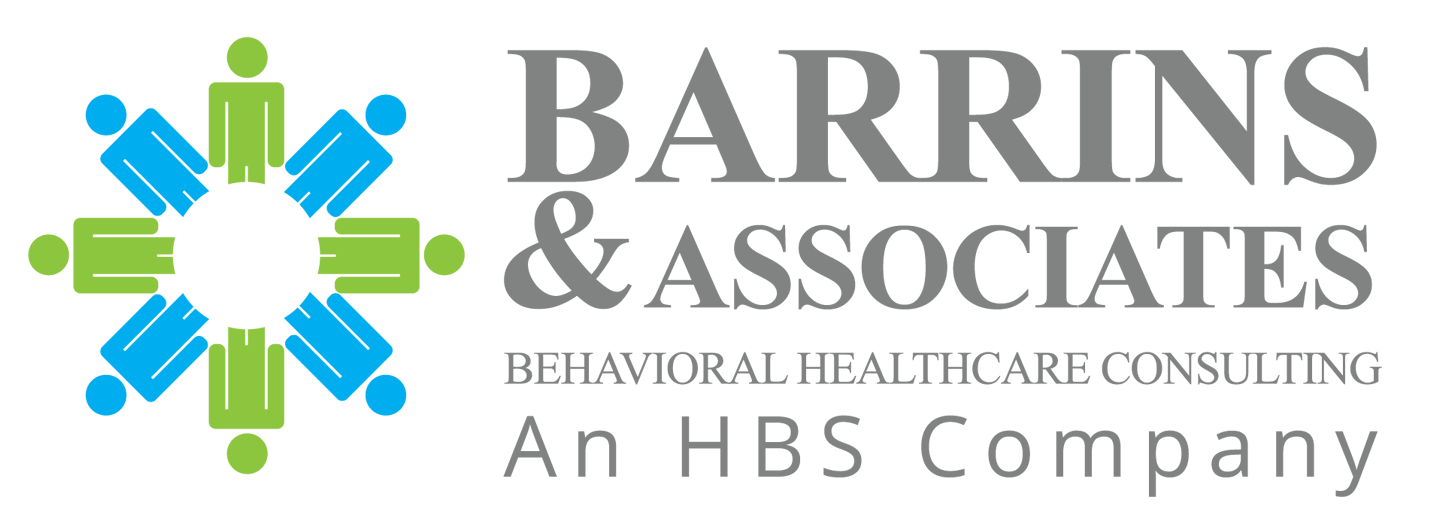In the complex and rapidly evolving landscape of healthcare, the role of the board or governing body is more critical than ever. These boards are the strategic stewards of healthcare organizations, tasked with ensuring that healthcare organizations not only survive but thrive in delivering high-quality patient care. A high-performing governing board is integral to setting the vision, direction, and policies that guide an institution’s operations and long-term success.
The Vital Role of a High Performing Governing Board
From financial oversight to quality assurance and regulatory compliance, board members wield significant influence over virtually every aspect of a healthcare organization’s administration, their decisions directly impact patient safety, staff morale, and community trust. In an era marked by unprecedented challenges—ranging from technological advancements and financial pressures to regulatory changes and global healthcare pandemics—an adept and proactive board is indispensable. Such boards possess the foresight and agility to navigate these challenges, ensuring that the healthcare organization’s remains responsive, resilient, and capable of meeting the healthcare needs of the communities they serve.
As we explore the complexities of healthcare governance it becomes evident that a high-performing governing board can distinguish a healthcare organization that merely operates from one that truly excels in fulfilling its mission to deliver exceptional care.
Increasing Accreditation and Regulatory Citations: The Impact of Ineffective Governance in Healthcare
An increasing number of healthcare organizations are receiving citations from CMS, TJC, DNV, CIHQ, ACHC, CARF, Social Current (COA), and state agencies due to ineffective governing body oversight. The most common areas of non-compliance include the governing body’s failure to:
- Ensure the healthcare organization complies with all applicable laws and regulations
- Maintains an organized medical staff operating under approved bylaws
- Adhere to operational policies and procedures
In addition, organizations often fall short in protecting patient safety, ensuring quality of care and patient rights, implementing effective infection prevention and control programs, and providing a safe and secure environment of care.
As a healthcare leader, if you’ve ever received an accreditation or regulatory report highlighting a finding related to the board, you know that the board’s response is intense. But whose fault is it when board oversight fails to lead to a high-quality healthcare organization? The answer lies in the shared responsibility of both the governing body and the healthcare organization’s leadership to ensure the board’s effectiveness.
Steps to Developing a High-Performing Governing Board
Developing a high-performance board is crucial for ensuring effective governance and leadership in a healthcare organization. Here are key steps to achieve this:
Assemble a Diverse and Skilled Team
Include professionals from medicine, finance, law, business, technology, and community leadership. Commit to inclusion including gender, race, and ethnicity to reflect the community served.
Define the Board’s Role and Responsibilities
Clarify expectation by outlining the board’s role, responsibilities, and expectation in governance and oversight. This includes governance, financial oversight, strategic planning, ensuring the healthcare organization’s compliance with accreditation/regulatory requirements, and delivering high quality care. Develop a charter that specifies the board’s duties, authority, and responsibilities.
Recruit and Select the Right Members
Identify skills, expertise and competencies needed on the board consistent with the board’s role and responsibilities. Use a formal recruitment process.
Provide Comprehensive Orientation and Training
Conduct a comprehensive orientation program for new board members including the organization’s operations, culture, and strategic priorities. Include development and training opportunities both during orientation and ongoing education regarding the healthcare industry, latest industry trends, technology, accreditation/regulatory changes, the organization’s specific healthcare segment, operations, culture, and strategic priorities. Provide easy access to workshops, seminars, and relevant publications.
Establish Effective Governance Practices
Establish clear policies and procedures for board operations, including meeting schedules, decision-making processes, and conflict resolution. Encourage active participation by setting expectations for attendance, preparedness, and engagement in board meetings. Define key performance indicators (KPIs) to measure the board’s effectiveness and impact on organizational goals.
Foster a Collaborative and Engaged Culture
Encourage open dialogue and constructive feedback among board members and with executive team. Facilitate team-building activities and social interactions to strengthen relationships and foster collaboration.
Ensure Financial and Quality Stewardship
Ensure the organization’s financial health by overseeing budgets, investments, and financial planning. Prioritize resource allocation to areas that will have the most significant impact on high quality and safe patient care and healthcare organization’s operations. Ensure time is allocated to discuss quality data and performance improvement at every board meeting.
Conduct Regular Evaluations
Implement regular self-assessments for the board and individual members to identify areas for improvement. Periodically engage external experts to conduct independent evaluations of board performance and effectiveness. These assessments may include performance reviews, feedback from stakeholders, and benchmarking against industry standards.
Focus on Strategic Planning and Vision
Ensure the board is actively involved in setting and monitoring the organization’s long-term strategic vision, goals and initiatives. Keep the board informed about industry trends, technological advances, challenges, and opportunities to enable proactive decision-making.
Strengthen Leadership and Succession Planning
Encourage and provide leadership development opportunities among board members to enhance their governance capabilities. Implement a succession plan to ensure continuity and smooth transitions in board leadership and membership.
Enhance Accountability and Transparency
Establish a robust reporting framework to keep the board informed about organization performance, risks, and compliance. Ensure transparency in board decisions and communicate them effectively to stakeholders. Provide open and transparent communication between board members, healthcare organization’s executives and staff. Maintain transparent communication with the community and stakeholders.
By following these steps, healthcare organizations can develop a high-performing governing board that provides effective oversight, strategic guidance, and leadership to drive organizational success.
Helpful Resources
- The American Hospital Association (AHA)
- The Joint Commission (TJC)
- Institute for Healthcare Improvement (IHI)
- National Quality Forum (NQF)
- Healthcare Financial Management Association (HFMA)
- American College of Healthcare Executives (ACHC)
- National Association of Corporate Directors (NACD)
- Center for Medicare & Medicaid Services (CMS)
- Leapfrog Group
- Advisory Board
Barrins and Associates
Barrins can help your organization establish a high-performing governing board by providing guidance and board resources including template agendas, facilitation skills, technological tool guidance, sample board orientation and education plans, tools for promoting a culture of safety and quality and more. Contact us today to learn more about our services.
Barrins & Associates – “Elevating Excellence Through People: Dedicated Experts for Your Complex Projects”


